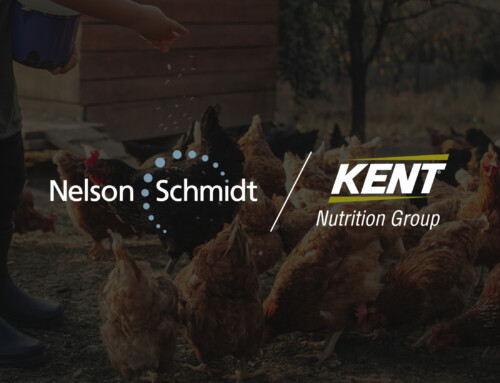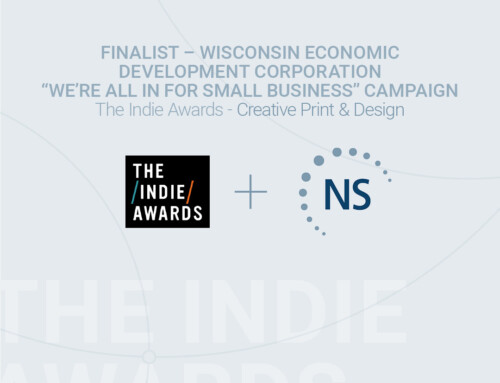With the gathering of hundreds of agency, advertising technology and brand professionals at the Digiday Programmatic Summit-Nashville, you might think ad blocking would be the No. 1 topic. The reality? Not really.
Whether they were turning a blind iPhone, or just focusing on ways to maximize advertising ROI in the current programmatic galaxy, attendees were relatively unaffected by the increasing adoption of ad-blocking apps. Instead, the Summit agenda largely addressed the importance of revolutionizing user experience, creating transparency in programmatic partnerships and leveraging recent enablement in programmatic advertising (such as header bidding), rather than focus on the doom-and-gloom of the almighty ad blocker.
In break-outs at the Omni Hotel, digital professionals opened up to reveal that ad fraud and viewability are bigger issues than ad blocking. When it came to working with programmatic partners, established agency leaders aired an array of macro and technical worries.
The age-old “Convince me that my ad dollars are truly making a difference,” “Show me the ROI,” and “How do you track ad fraud?” were all broached, albeit in a new, programmatic context. Impressive statistics such as 58.4% of video impressions in 2015 have been “non-viewable,” that Kohl’s department stores receive 60 billion impressions from desktop alone each fiscal year, and the success of Facebook lookalike campaigns were all particularly interesting. However, we were all there for one thing: programmatic.

Programmatic media buying is on the rise, representing an ever-larger slice of the marketing investment.
Defining Programmatic
It’s such a cool and confusing word, isn’t it? To simplify it, think about programmatic as personalized automated advertising. It reduces wasted ad investment by leveraging the buying power of a DSP (demand-side platform, a.k.a. ad buyer) which uses data-rich algorithms in tandem with lookalike modeling based on online behaviors. Along with personalized behavioral data, a program serves more relevant and contextual ads to the right person, in the right place, at the right time through bidding on ad exchanges – therefore paving the way to conversion. It’s just smarter (albeit somewhat technologically complicated) advertising. In short: where technology, data, media and content collide, you’ll increasingly find programmatic.
New To You?
Programmatic, depending on whom you ask, has seen growing adoption in the ad world over the past five years. However, as Nelson Schmidt’s VP of Media Services Scott Penniston recently noted in a keynote, Programmatic budgets are just beginning to rise – with an estimated $15 billion invested on programmatic digital display advertising in 2015. But without better ads, and deeper insight into the sites they’re being served on, programmatic does have its obstacles.
Five Important Questions
What did I take away from the Digiday Programmatic Summit? Well, I did win a ukulele for posting the best social media photo. I also found excellent networking with some of the biggest brands on earth, solid best practices and ultimately, learned which important programmatic questions to ask.
With programmatic, context and relevancy are paramount; the ability to serve ads through a DSP on sites that are contextually relevant is of the utmost importance to performance. You can only know this by watching the list of sites your (or your clients’) ads are on. But first, you must know the right questions to ask:
- What exchanges are we on? Ask this to ensure you’re getting the most of your advertising dollar. Specifically, it’s common practice to request a “Top 100” exchange list. If you have more transparency into the inventory you’re buying (premium private exchange with publishers you know instead of open exchange), you don’t have to rely as heavily on third-party brand safety vendors because you know the inventory is safe and clicks are legit.
- Are we on primarily open vs. private exchange? Private exchanges (more transparent pipes into publishers) now comprise up to 20% of placements with some DSPs. But what’s getting clicked?
- How many impressions are “remnant” vs. premium? Remnant inventory is a nasty word in the programmatic world. It implies “leftover” inventory that doesn’t drive a lot of traffic. Pro tip: If you don’t recognize the site your ads are on, chances are it’s not worth the placement. Feel free to redact them from the Top 100 list.
- Dig into DSP algorithms. How are you deciding on inventory? How are you optimizing?
- Is your fee transparent? Whether you’re using an agency partner, or self-serving a programmatic campaign, it’s a good idea to find a programmatic partner who charges a transparent, up-front fee.
Armed with these questions, you’re one step closer to leveraging the power of programmatic to get the best performance out of your media plan.
Originally Published 2016






